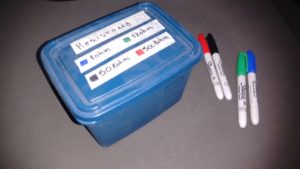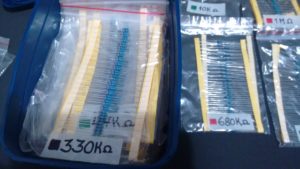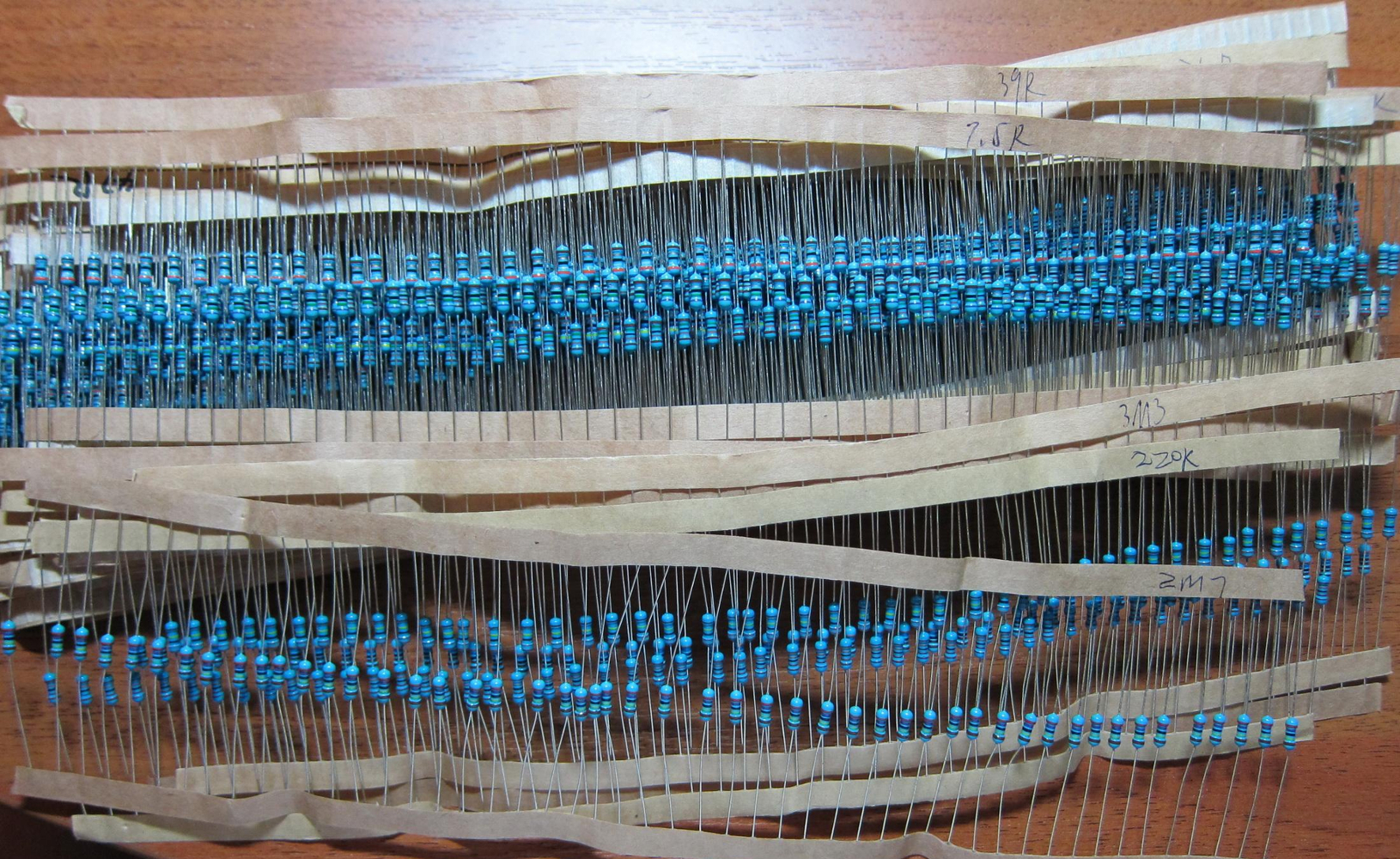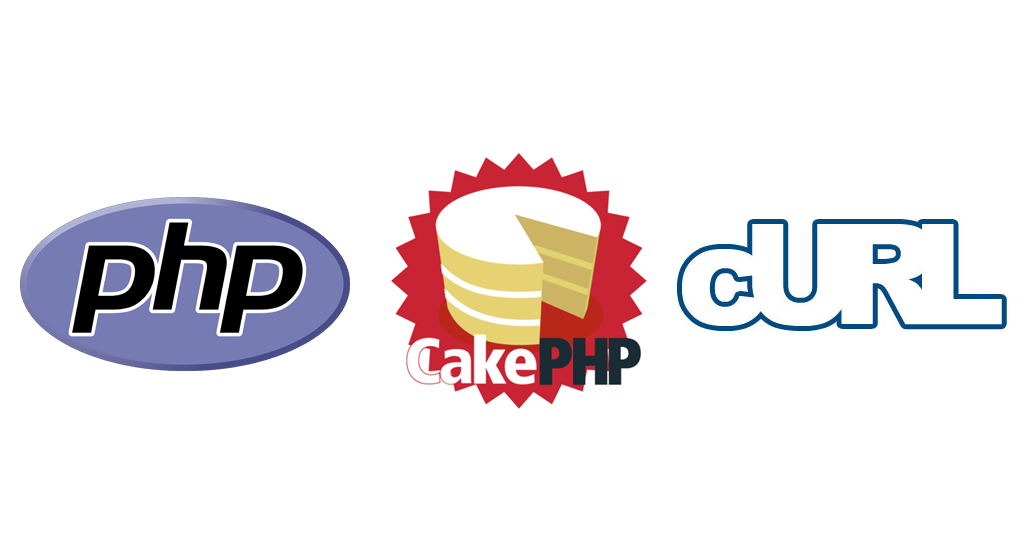I already used other version control software like CVS and SVN in the past, but Git was one that really got me because I just felt it easy and intuitive.
Besides having a GitHub account I really don’t see the point of paying US$7/month just to have private repositories when you can roll your own VPS for less than that. Obviously, you can install something more similar to GitHub like GitLab, but, in my opinion, Gitolite is easy to use, fast and works; Keep it simple, sucker!
So, I will give the steps to install and configure on Ubuntu Server 16.04. On other distros the paths and steps may differ.
First of all, you should check existing SSH keys or generate a new set on your machine. (To be honest, if you are already using git you should have your keys)
#to check:
ls -al ~/.ssh
#to generate(linux/mac):
ssh-keygen -t rsa
On Windows machines I advise you to install cygwin with net/openssh package. I prefer that way, but you can try with other methods.
Back to our server, now we should install gitolite3 and git-core:
sudo apt-get install git-core gitolite3
Insert your public key configure gitolite. On older versions you need to create a user and run the setup by yourself, keep that in mind if you are using other distro.
Now you can ssh the gitolite user to list the repositories:
ssh gitolite3@yourdomain.com
You can add some rules and keys cloning the gitolite-admin repository.
git clone gitolite3@youtdomain.com:gitolite-admin
You can now add pub keys for other users(or machines) creating files in the keydir directory. For multiple machines you should use the name convention user@machine.pub, like nimlhug@notebook.pub. On the conf/gitolite.conf file you can add users and repositories.
Checkout the official documentation. Apart from being a non resource-intensive, gitolite is a rich and powerful software that you can make use of RegEx, groups, hooks, VREF, wild repos and much more.

 oday it’s very easy to source the resistors for new projects. I use the ziplock bags left over in the same way with the sourced components with a label with the project name.
oday it’s very easy to source the resistors for new projects. I use the ziplock bags left over in the same way with the sourced components with a label with the project name.

